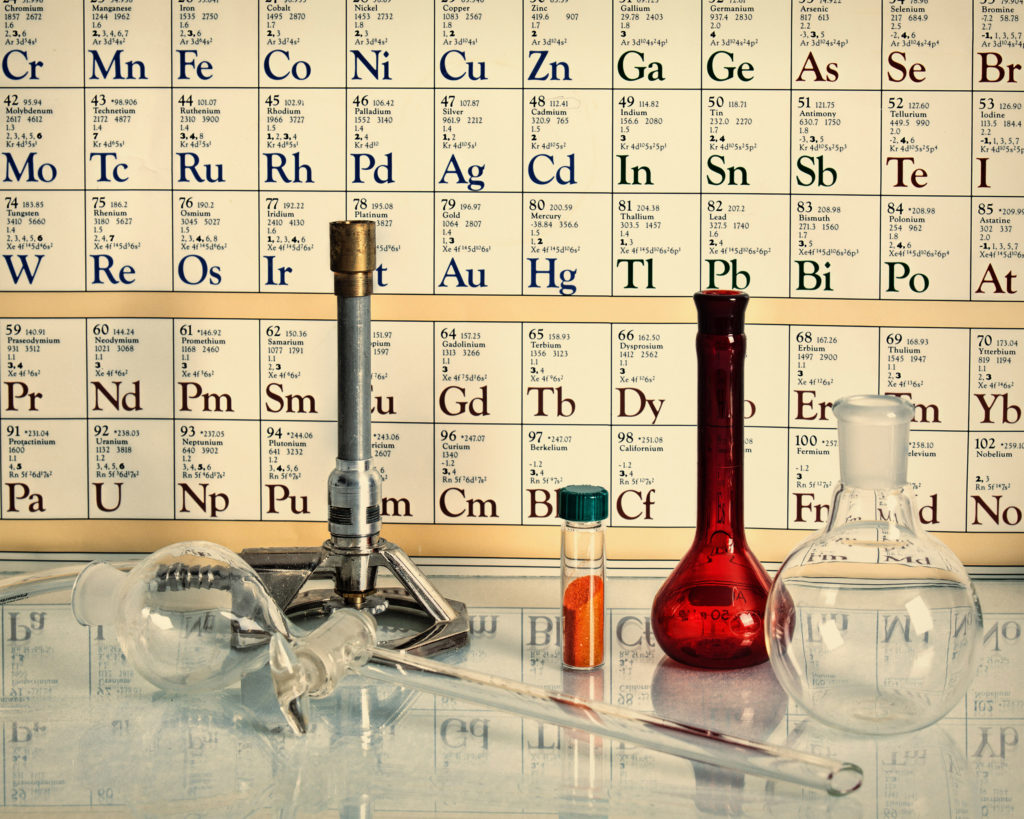Essential nutrients for plants

Plants, similarly to all organisms, need a variety of chemical elements / mineral nutrients to fulfil their metabolic processes. The big trees we all admire, acquire their impressive size and beautiful shape after a series of development and growth cycles during which they absorb carbon (C), oxygen (O), hydrogen (Η), nitrogen (Ν), phosphorus (P), potassium (K), calcium (Ca), magnesium (Mg), sulphur (S), iron (Fe), Zinc (Zn), copper (Cu), boron (B), manganese (Mn), nickel (Ni), chlorine (Cl), molybdenum (Mo) and silica (Si) from atmosphere or soil. With all these elements, they compose a big variety of structural and metabolic compounds (sugars, hydrocarbons, amino acids, proteins, lipids, oils and other complex molecules) in order to construct their cells and tissues and to regulate their metabolic processes.
Three chemical elements, carbon, hydrogen and oxygen are acquired from air’s carbon dioxide (CO2) and from soil water (Η20). When chlorophyll in the leaves is exposed to light these three elements are combined through the process of photosynthesis to compose hydrocarbons and subsequently other more complex substances. For these 3 elements there is no need for additional supply to plants (fertilization) except for cases where the surrounding environment is poor in CO2, which is the case in aquarium plants for example.
Out of the 18 elements above, nitrogen, phosphorus and potassium are called primary nutrients or macronutrients because plants need them in relatively large amounts while in parallel their shortage is quite common in crops of high productive potential. Their shortage affects production quality and quantity seriously. For this reason, they are supplied to crops frequently and regularly in the form of synthetic or natural, inorganic or organic fertilizers. The type and quantity of fertilizers that are supplied depends on soil type and characteristics, crop/plant species, age of the crop, size and stage of crop etc.
Calcium, magnesium and sulphur are called secondary nutrients. These are also required by plants at large amounts but it is less likely that they limit plant growth and development because of their abundance in soil. Calcium and magnesium are added through calcareous materials when soil needs pH correction while sulphur is added continuously to the soil with rain water and by its gradual release from the soil organic matter.
The remaining 9 nutrients are also essential for plant growth but in relatively small quantities in comparison to the elements above. For this reason, they are called micronutrients. These are iron, zinc, manganese, copper, boron, nickel, chlorine, molybdenum and silica. We should not be fooled by the fact that micronutrients are needed in small quantities by plants. They are also vital for plants and their shortage will have negative impact in plant growth and development. It must be stressed that silica in not necessary for all plants while some plants also need sodium (Na) and cobalt (Co). The mean concentration of the various nutrients in the dry matter of a whole plant is shown in table 1 below.
There is a vast variety of fertilizers available in the market which are supplied to plants when needed either through the soil (by manual or mechanical distribution or by fertigation via the irrigation water) or by spraying them to the foliage. Selection of the appropriate fertilizer(s) for balanced nutrition of plants is a vital and relatively difficult decision which requires knowledge of three important parameters, the properties of our soil, the requirements of our plants or crops in their various stages and the properties of the fertilizer(s) which are going to be used. All these details as well as the importance and role of each nutrient in plants are going to be analyzed in following articles in our site.
Table 1. Mean concentration of 17 elements in whole plant dry matter, which is considered adequate for normal plant development and growth (Epstein & Bloom, 2005)
| Element | mg/kg (ppm) | % w/w | Relative number of atoms needed by plants |
| Nickel | 0.05 | 1 | |
| Molybdenum | 0.1 | 1 | |
| Cobalt | 0.1 | 2 | |
| Copper | 6 | 100 | |
| Zinc | 20 | 300 | |
| Sodium | 10 | 400 | |
| Manganese | 50 | 1000 | |
| Iron | 100 | 2000 | |
| Boron | 20 | 2000 | |
| Chlorine | 100 | 3000 | |
| Silica | 0.1 | 30000 | |
| Sulphur | 0.1 | 30000 | |
| Phosphorus | 0.2 | 60000 | |
| Magnesium | 0.2 | 80000 | |
| Calcium | 0.5 | 125000 | |
| Potassium | 1 | 250000 | |
| Nitrogen | 1.5 | 1000000 |
Sources for further information:
Epstein E and Bloom AJ (2005). Mineral Nutrition of Plants: Principles and Perspectives, 2nd edn. Sunderland, MA: Sinauer
Forth, HD (1990). Fundamentals of soil science, 8th edn. John Wiley and Sons
Marschner H (1997). Mineral Nutrition of Higher Plants. Academic Press, London
Miller AJ (July 2014). Plant mineral nutrition, https://www.researchgate.net/publication/300178484
Sonneveld C and Voogt W (2009). Plant Nutrition of Greenhouse Crops, Springer
